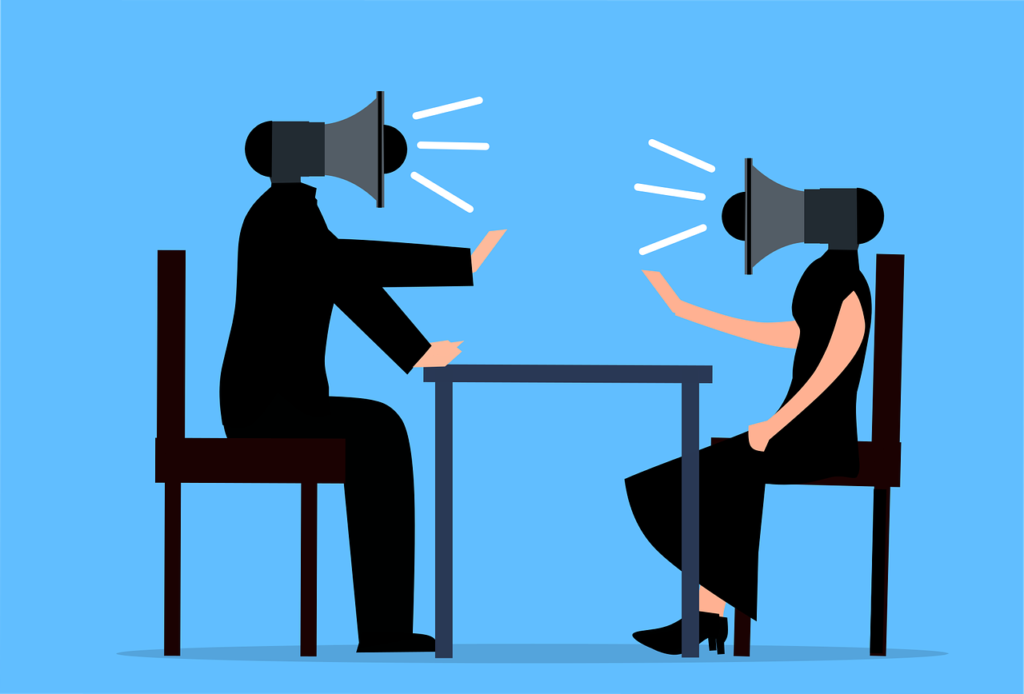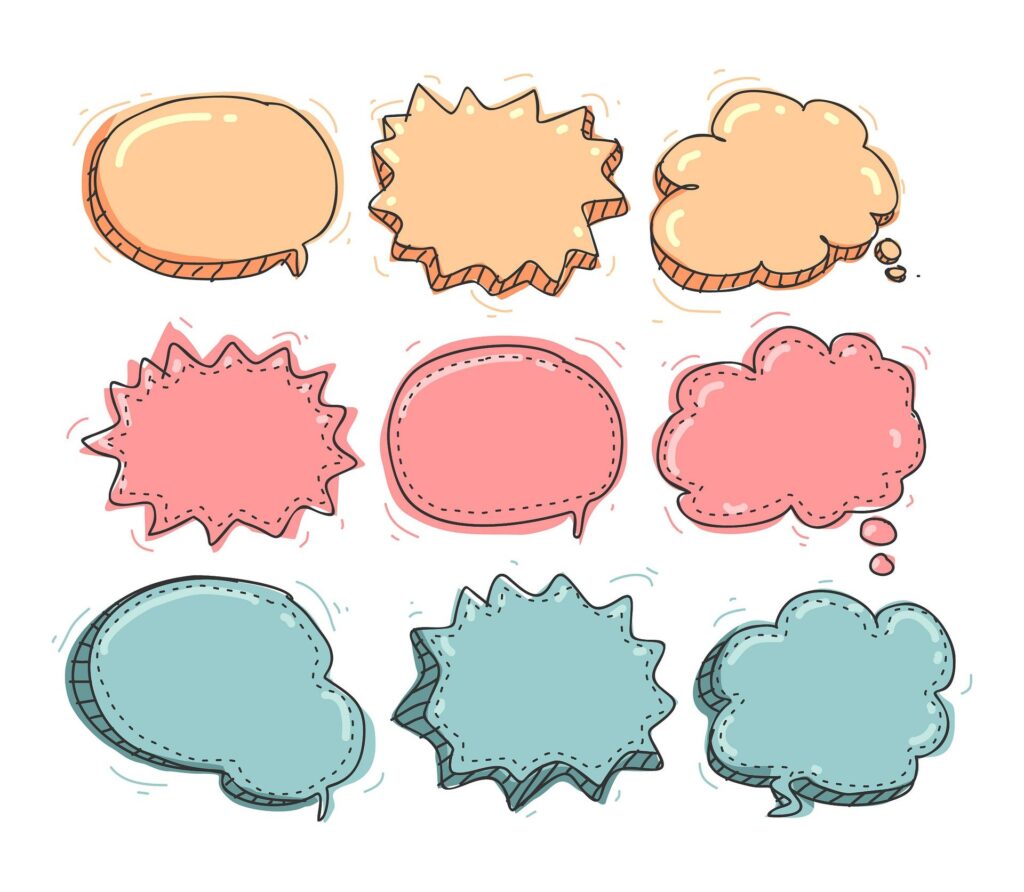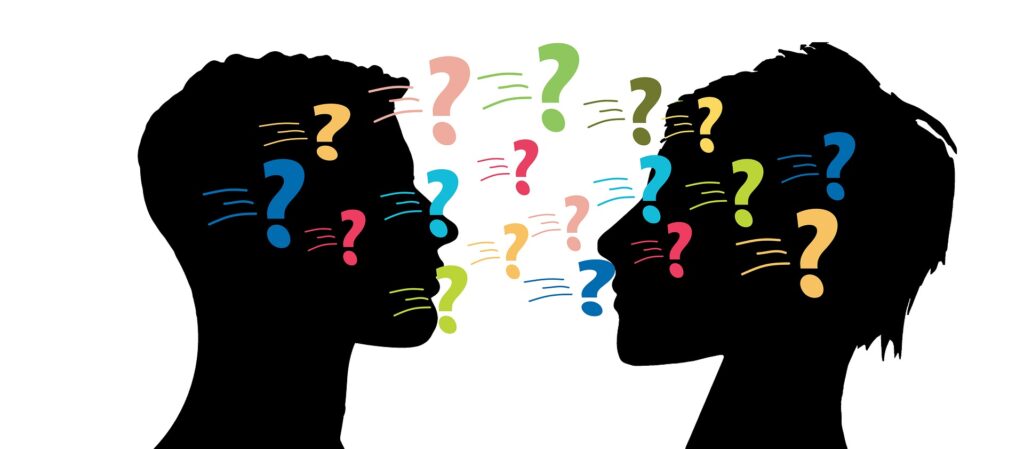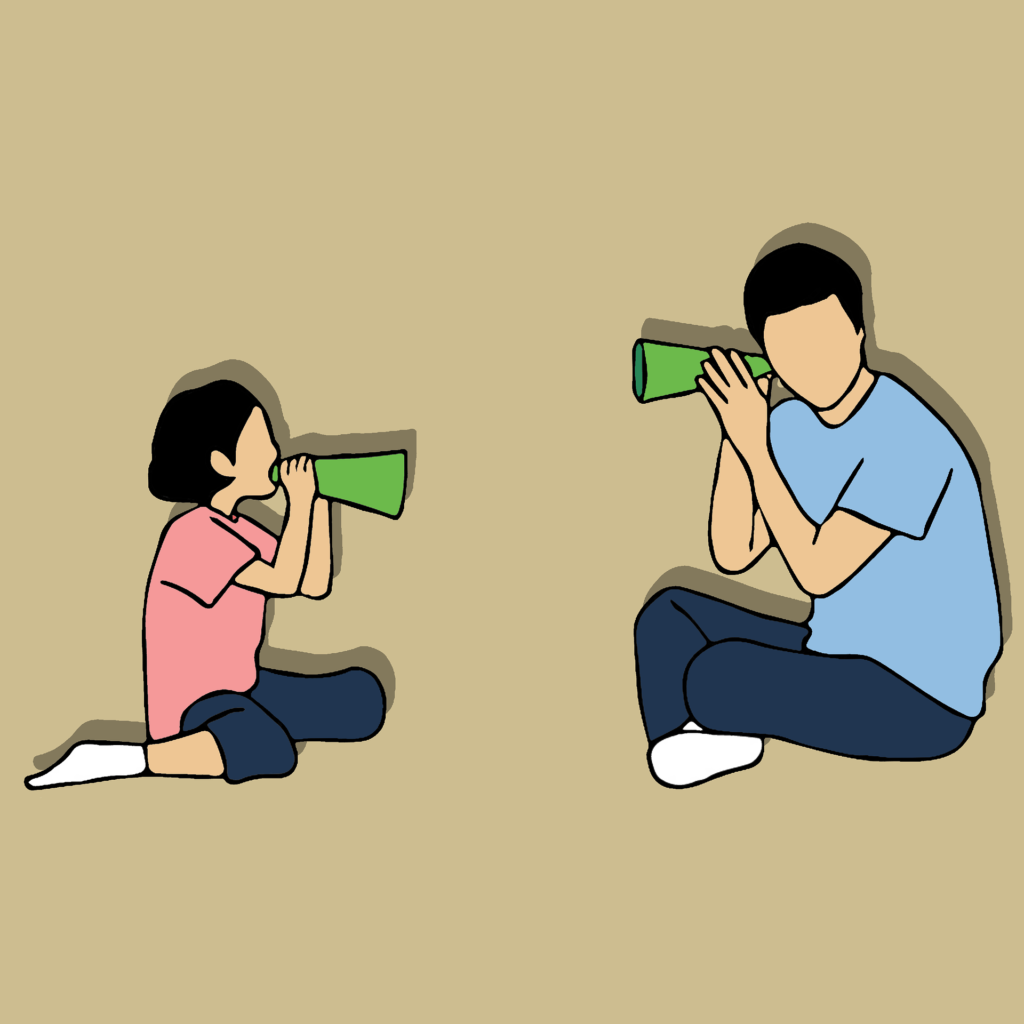
This is the second in a multi-part series of Guild posts specifically about the craft of writing, on a basic level. It’s intended to help you become a better writer overall, and you can refer back to these posts whenever you need some guidance.
Bear in mind that these are only suggestions; merely “guidelines” (writers, like pirates, love “guidelines” instead of “rules”).
Sometimes your writing is going to need to break the guidelines. That’s fine! Do it! But first, it’s good to know what they are, and how to use them to take your writing to the next level.
To launch our new Services, we offered a promotion and did a Motley Writers Guild Critique Blitz in February. We had the pleasure of offering free beta reads/critiques of the first 1000 words of various works. There were some common grammatical and structural areas in need of improvement running through quite a few of the stories. I’ve detailed the first issue in the last blog post, “The use of “that” in creative writing”, and in this blog post I’ll be detailing the next problem I see a lot of.
Thankfully, it’s a very easy thing to fix on your own!
This is also something I’ve noticed in my many years as a beta reader/critiquer and have pointed out to the individual authors of the Critique Blitz too.
It’s the use (or lack thereof) of dialogue tags.

What exactly are “dialogue tags”?
Dialogue tags in creative writing are words or phrases that express which character is speaking, and in what way. Also called an “attribution”, they’re essential to indicate the speaker and can be used before, after, or in the middle of dialogue.
They’re an essential part of writing fiction and non-fiction alike. Without them, spoken dialogue can easily become confusing or downright unreadable.
Dialogue tags are verbs which can also show:
- Emotion (sobbed, cried, begged, raged, etc.)
- Volume (shouted, whispered, etc.)
- Intention (ordered, suggested, demanded, etc.)
- Tone (sneered, squeaked, whined, etc.)
Most common dialogue tags:
Said/says, replied/replies, answered/answers etc.

How people use dialogue tags…
I find writers fall into 3 categories when it comes to dialogue tags.
They are:
- Too many various tags. This writer hates the word “said” and will do anything to avoid it. Their characters “exclaim”, “reply”, “shout”, “comment”, “whisper”, “yell”, “snarl”, “mumble”, “gasp”, etc., but they almost never “say” anything.
- Not enough variation in dialogue tags. This writer only uses “said” or “says”. Nothing else.
- Just the right amount/variations of dialogue tags. (I like to call this the “Goldilocks” category, because ideally you want to fall inside it. Not too many. Not too few. Just right.) This writer knows how to write their way out of a bowl of porridge (I never claimed that analogies were my forte!). They use “said” the right amount, they vary the use of dialogue tags to include the other standard: “reply”. And–this is very important–they get dialogue flowing in a way that is so natural they can cut dialogue tags out altogether a few paragraphs at a time.
To delve into these 3 types, and get you into the “Goldilocks” category, let’s look at the general writing guidelines so we know how/when to break them…

The Guidelines.
The use of “said “ is considered standard for writing. “Said” is just like “that” in the way it can fade into the background of a story. It is an important verb you’ll need to use over and over again.
In fact, using “said” is one of Elmore Leonards 10 Rules For Writing:
Never use a verb other than “said” to carry dialogue. The line of dialogue belongs to the character; the verb is the writer sticking his nose in. But “said” is far less intrusive than “grumbled”, “gasped”, “cautioned”, “lied”. I once noticed Mary McCarthy ending a line of dialogue with “she asseverated” and had to stop reading and go to the dictionary.
Elmore Leonard
But over use it, and it will stand out like a sore thumb.

For example:
“I liked learning about dialogue tags,” said Chicken Big.
“I didn’t learn anything,” said Chicken Little.
“That’s because you can’t read,” said Chicken Big.
“Only because I haven’t got any thumbs, so I can’t hold any books,” said Chicken Little.
My suggestions…
I recommend that people utilize “said” the majority of the time, and if necessary, utilize it in every other instance in their dialogue. My suggestion is to use 2 saids for every other chosen verb (ideally the standard, “replied” or “answered”). Alternate them back and forth, with a few repetitions of the same tags sometimes too.
Someone “said” something, and then someone else “replied” to it. Then someone can “say” something again, and then the next paragraph someone “said” it another time. Perhaps if you want to be dramatic, they could “exclaim”? Or “whisper”? Maybe they “respond with a scowl” and then back to “said” or “replied”?
(You get the idea.)
For example:
“Dialogue tags are super important,” said Chicken Big.
“Why do we need to talk about dialogue tags?” Chicken Little asked.
“Because otherwise we’d have no idea who’s talking,” Chicken Big replied.
“I think that’s dumb,” said Chicken Little.
“Well, it’s a good thing you’re not a professional editor,” said Chicken Big.
“You don’t know I’m not. I could have hobbies other than running around yelling about the sky falling,” Chicken Little said.
Instead of replying, Chicken Big went to take a bath in a hot pot tub.
“You’ll see!” Chicken Little said. “I can be a professional editor if I want!”
No one was around to hear him.
(You get the idea)
More dialogue tag Guidelines..
Ideally, you can omit the dialogue tag altogether. There’re some really great books on how to write dialogue, as this can be a bit of an advanced style of writing dialogue, but ideally once there’s a good flow going, you can cut out a lot of the tags and it will read really well.
For example:
“You can’t be serious,” Chicken Little said with a groan.
“Of course I’m serious,” replied Chicken Big.
“I don’t want to talk about dialogue tags any more.”
“Well it’s not about what you want.”
“What I want is an acorn to fall from the sky.”
“You can’t be serious.”
“Of course I’m serious.”
The two chickens glared, each picturing what the other would look like roasted in an oven and served with potatoes.
(You get the idea)

How to break the Guidelines in the wrong way:
Never use “said” at all.
There’s a famous story where the author uses almost every verb except “said”, and I remember reading it at the time and thinking it was hilarious. Unfortunately, I cannot recall the name of the book or find reference to it on the internet. Maybe it was some Mandela Effect that never really existed in this timeline? Or maybe I just suck at using keywords in searches? Either way, I can’t refer to the story I’m talking about.
But I promise, it’s out there.
As Kaye Dacus said in her 2011 post:
Back in the day when most of us started writing, the books we were reading used dialogue tags such as:
…she announced
…she stated
…he commanded
…he explained
…she muttered
…he contradicted
…he assured
…she expressed
…he said cheerfully
…he said heavily
…she echoed
…he said laughingly
…he demanded
…she whispered breathlessly
…she intoned incredulouslyRemember those? Because we were so used to reading them (and yes, I pulled out two books that I took all of those from—one from the mid-1980s, the other from the early 1990s), that’s how we attributed our dialogue when we first started writing.
Kaye Dacus, Debunking Writing Myths: Always/Never Use “Said” Dialogue Tags
As you can see (after learning the Guidelines), this is a way of never using the tags in a way that’s effective.

How to break the Guidelines in the right way:
Some authors never use dialogue tags, and it works very well because they omit verbs entirely.
Recently, when reading through submissions for the Critique Blitz, I came across a writer who almost never used dialogue tags. They only utilized actions placed within the same paragraphs to indicate who was speaking.
When done properly, it can be an effective way of writing.
For example:
“I love dialogue tags now.” Chicken Little busied himself by making a nest out of plastic scraps he removed from the ocean.
Sighing, Chicken Big shot him an exasperated look. “Well, it took us long enough to get here.”
(You get the idea)

Once you’ve learned what dialogue tags are and how to use them properly, you can take your writing to the next level.
I’m obviously not an expert, but I have read enough (and written enough) to be able to identify these areas and how to fix them. It will be relatively easy once you really understand what to do and where you might be going wrong. Dialogue tags in creative writing can make or break a scene.
Dialogue tags, much like the use of “that” in writing, should be something that fades into the background of a story.
With enough practice, your dialogue can flow well and feel genuine.
We at the Motley Writers Guild want to see you be the best writer you can be! Stay tuned for more in this series on the basic craft of writing, including an upcoming post specifically about HOW to write dialogue (now that you’ve learned how best to use dialogue tags!)

What are your thoughts on dialogue tags? Hate them? Love them? Leave a comment on this blog post to tell us what you think. We love hearing from you!
The Motley Writers Guild’s – Em Van Moore
If you enjoyed this post, please subscribe to The Motley Writers Guild for notice of new blog posts and writerly news, as well as promotions and unique content only available to our valued subscribers!

Want to hire a Motley Writers Guild member?
We are now offering Services. Our members have an array of styles and wealth of knowledge gained from years writing, reading, and critiquing. You can hire us as Beta Readers or Critiquers! Check out the Testimonials on the bottom of the Services page, and see which member is available by clicking on the “Get a Personalized Quote!” buttons.



